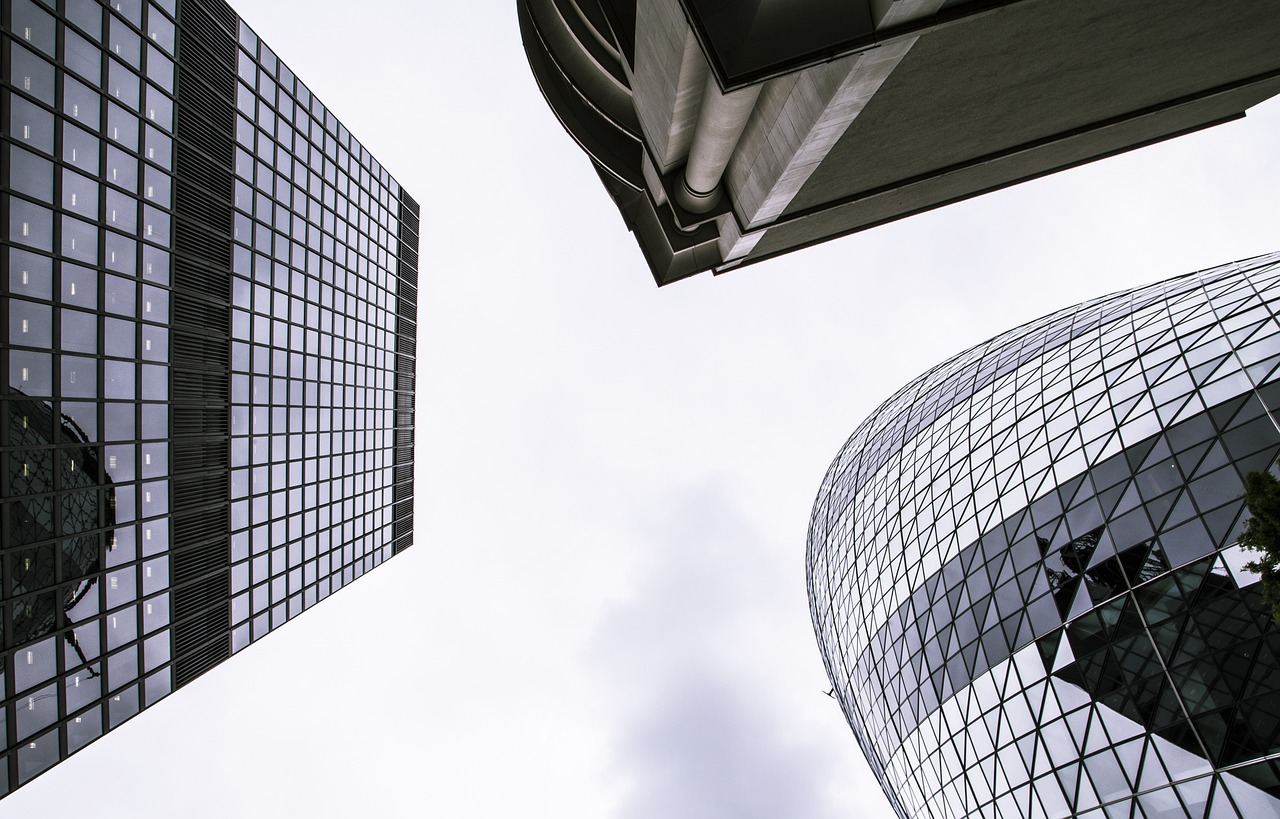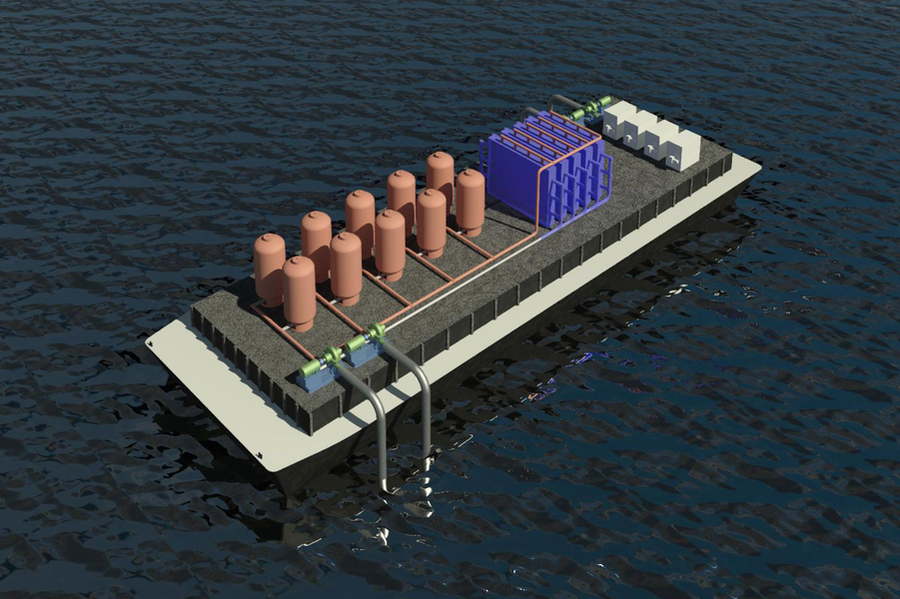Atlanta is one of the top 50 most populated cities in the world and is home to the busiest airport in the world.
You would never guess Atlanta Botanical Garden is in the heart of this bustling metropolis. This garden site is known for its art as well as for its plant collection, including “Imaginary Worlds: A New Kingdom of Plant Giants.”
This is the largest exhibition of plants ever presented in the U.S. It comprises of 28 living plant sculptures of animals like gorillas, frolicking frogs, orangutans and a lot more. The largest sculpture is Earth Goddess, which is about 25-feet tall. These sculptures are created from thousands of plants in an exacting and multifaceted art form called mosaiculture. Along with the sculptures, the garden also features dozens of permanent pieces of art and water features.
About the art: Mosaiculture is a contemporary horticultural art form, in which the sculptural shapes are created by mounting plants over a molded steel substructure.
Each sculpture displayed in this botanical garden is a sophisticated evolution of the traditional “stuffed topiary” technique, although unlike the traditional art of topiary, mosaiculture can be formed quickly and is mainly made from colorful annuals.
These sculptures are built using thousands of annual bedding plants. For this, thousands of meticulously groomed annuals are planted into soil-and-sphagnum moss. There is a complex irrigation system under the surface of the sculptures which hydrates the sculptures and keeps them lush.
Each sculpture has its own internal irrigation system that sustains the mounted plants. Without this irrigation system in place, the plants would die in the Georgia heat.






